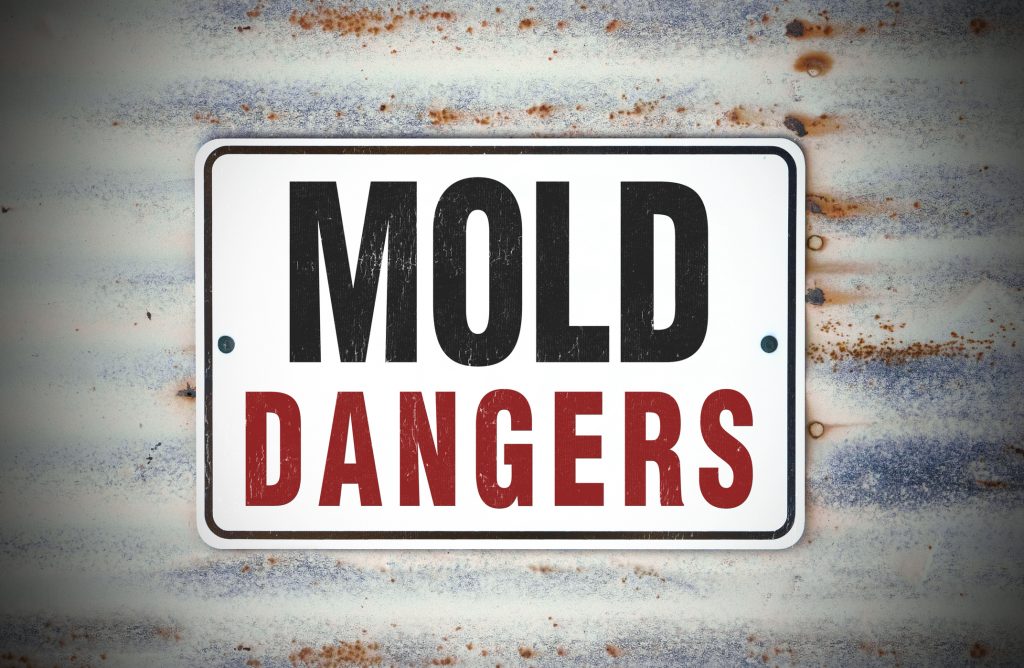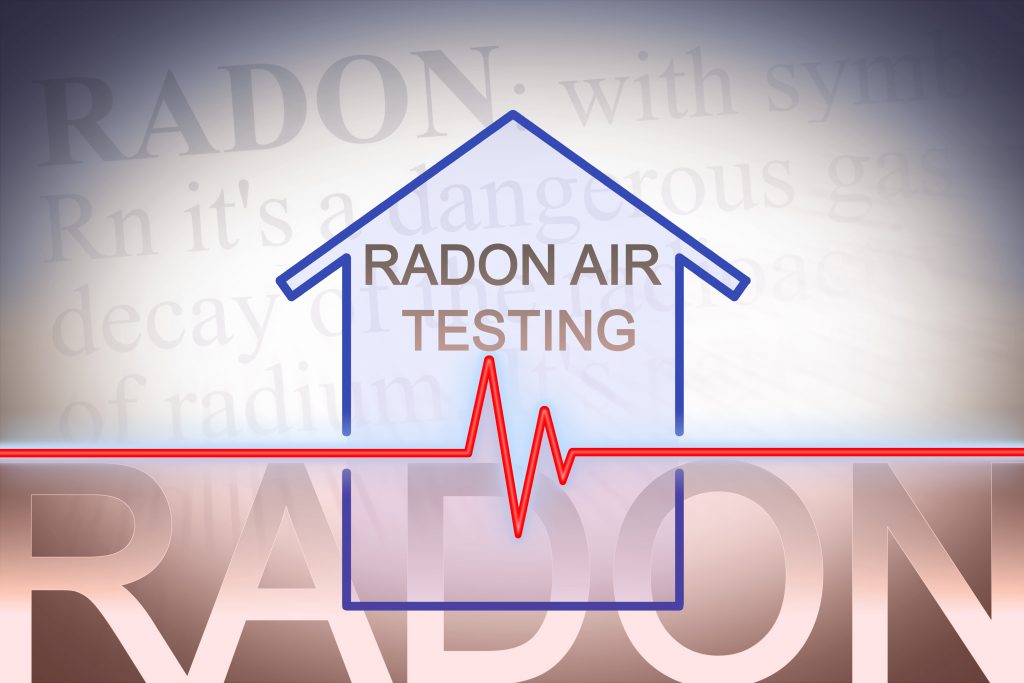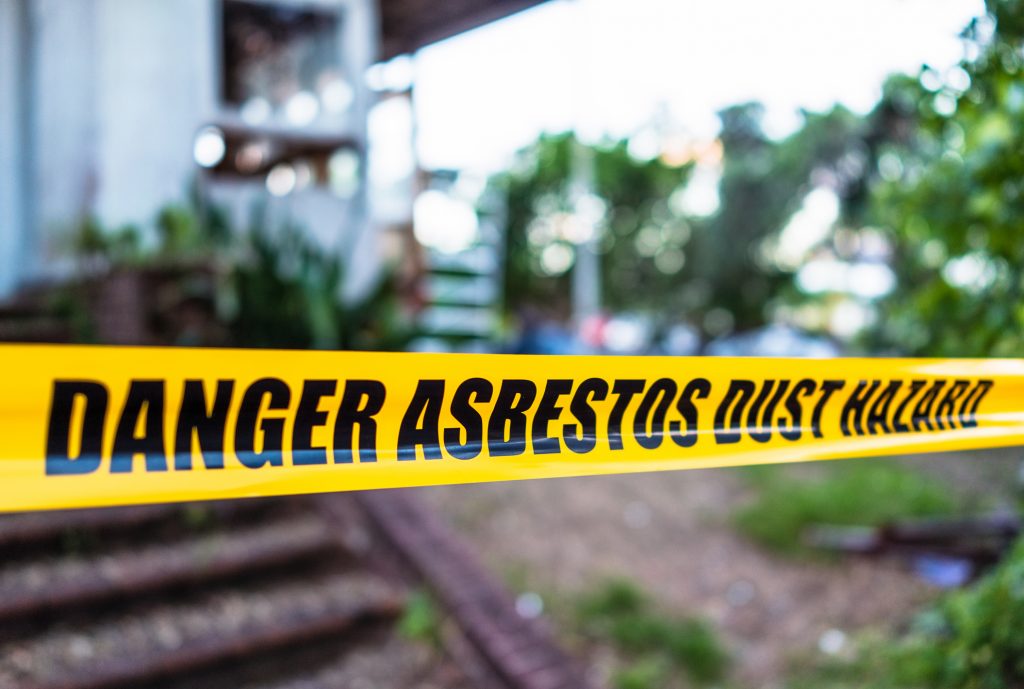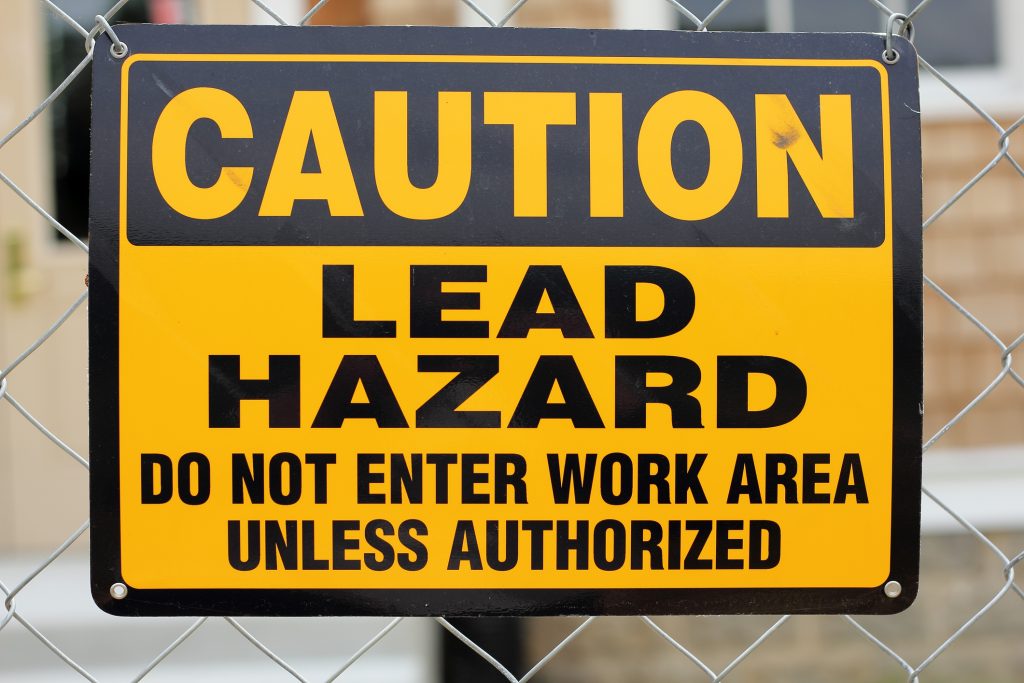Safety Hazards
CONSTRUCTION DEFECTS
Construction defects, improper installation of components, and safety issues are commonly found during a home inspection, however the majority of the issues, tend to be routine in nature and are not just found in older homes, but often in newer homes as well. Here are some common defects that may appear in our inspection report.
Issues Commonly Found
Roofing Material
Missing or damaged shingles, exposed nail holes, and deteriorating roofing materials from long term weathering and advanced shingle age. Improper or missing roof flashings around chimneys or roof dormers areas are often found where step and counter flashings should be present.
Areas of mold or mildew growth can be seen where trees are overhanging and/or touching the roofing materials. Insufficient or blocked roof/attic vents. Inadequate ventilation can cause mold growth to occur in the attic space areas.
Rotten Wood
Rotted wood at building exteriors and interior places where wood stays wet for long periods, such as roof eaves, exterior trim, deck wood framing members/rim joists, tubs and showers, or ceiling areas below loose toilets.
Gutter Installation
Damaged or missing gutters. Gutter leaks at the joints or runs. Improper slopes.
Many times gutters are installed without gutter extensions. Gutter extensions should be installed to divert water away from the structure that can cause rain water to flow towards the foundation and possibly into the basement or crawlspaces.
Ceiling Stains, Indicating Past or Current Roof Leaks
Often it is sometimes difficult to determine if roof leaks are present, unless it is inspected on a rainy day. Some stains are merely the residual effects of leaks that have been repaired.
A moisture detection taken with a moisture detector at the time of the inspection may determine if leakage is active or not.
Settlement Cracks
Most houses experience settlement within the first few years after construction; however, in most cases it is not structurally significant. Settlement cracks most often occur on foundation walls, masonry veneer walls, and interior ceilings or walls.
Although every situation is different, cracks are generally considered to be of a structural nature when they approach or exceed one quarter inch in width.
Small or hairline cracks are often due to minor settlement, or changes in construction materials rather than significant foundation movement, especially if they recur seasonally.
New or enlarging cracks in an existing structure are more likely to indicate a potential structural concern.
Water Intrusion in Basements
Water intrusion into basements or crawlspaces can be pervasive and often damaging to buildings caused by foundation cracks, poor grading, clogged floor drains, and insufficient gutters or poorly positioned downspouts and extensions.
Failed seals around windows
This condition is routinely found at dual thermal pane windows, resulting in fogging.
Thermal Glass Pane Air Leaks occur when the seal of the window pane is broken causing the window to appear cloudy or foggy usually with moisture/condensation to be seen between the glass panes.
These thermal glass panes seal leaks may possibly affect the windows energy efficiency but is mostly of an aesthetic issue.
Depending of the severity, the window glass pane(s) can be repaired or may need replacement.
Minor and Major Plumbing Defects
Most commonly found plumbing issues include plumbing leaks at toilets, faucets, drain pipes, clogged drains at sinks and bath tubs, and low or insufficient water pressure at the hot water pipes.
Old original galvanized water supply lines have a tendency to develop mineral deposits that form on the inside walls of pipes that eventually need to be replaced.
Faulty Installation of Water Heaters
In our experience most water heaters are not installed in full compliance with plumbing code requirements including improperly installed overflow piping, unsafe flue pipe conditions, or faulty gas piping.
It should also be remembered that most of today’s water heaters are designed with a shorter lifespan. In fact, leaks can develop in units that are only five years old.
Gas Furnace and Water Boiler Heaters
Mostly older gas-fueled heaters are in need of some maintenance, or are outdated and need replacement.
Cracked heat exchangers, improper vent piping, gas leaks or other safety issues can remain undiscovered unless found by an expert or until tragic consequences occur.
Gas Leaks
Gas leaks are commonly found in old homes as well and new ones. Unlike us, most home inspection companies do not perform gas leak detection as it is not a standard requirement for home inspection contractors.
Gas leak detection is just one of the extra services that Safeco Home Inspections provides during a home inspection.
Small gas leaks usually are not life threatening but larger leaks, under certain circumstances, are considered dangerous and could potentially cause a serious explosion to occur.
Any gas leakage is considered an emergency and should be immediately addressed.
With the soaring prices of natural gas and/or the possibility of a potential hazard, all leaking gas pipes should be repaired.
Testing for gas leakage is performed at all visible and readily accessible gas pipes and gas fuel burning appliances including; the main gas meter, furnace, hot water tank, clothes dryer, kitchen stove, built in grills and gas pipes installed in the attic or crawlspace areas.
Firewall Violations in Garages
Special fire-resistive construction is required for walls and doors that separate a garage from a dwelling.
Violations are common, either due to faulty construction, damage or alterations to the garage interior, or changes in code requirements since the home was built.
In older homes, where firewalls are not installed, sellers and agents will often say that the building predates the code. However, the fire separation requirement for residential garages dates back to 1927.
Electrical Safety Hazards
Electrical safety hazards, especially, but not always, in older homes Include; Ungrounded outlets, lack of ground fault interrupters (shock protection devices), faulty wiring conditions in electrical panels or elsewhere in a building, etc.
Some issues may be the result of errors at the time of construction, but very often they are due to wiring that was added or altered by persons other than qualified electricians.
Unsafe Fireplace and Chimney Conditions
Some common defects of fireplaces include inadequate drafting, blockage of the flue, insufficient smoke shelf, cracks in the mortar of the firebrick or box, cracks in the flue liner or chimney cap, smoke staining on ceilings and walls due to misuse of the fireplace, rust or water staining due to missing rain caps or misaligned flue liners.
Free-standing fireplaces or wood burning stoves are typically installed by home owners and handymen, people without an adequate knowledge of fire safety requirements.
The most common violations in these cases involve insufficient clearance between hot metal surfaces and combustible materials within the building. Other clearances that are concealed in attics spaces can remain undiscovered in a home until a roof fire occurs.
An unabridged list of likely home inspection findings would probably fill a few volumes. For home buyers, this underscores the importance of a thorough evaluation prior to closing escrow. This is why we strongly advise you to obtain a Home Inspection.




